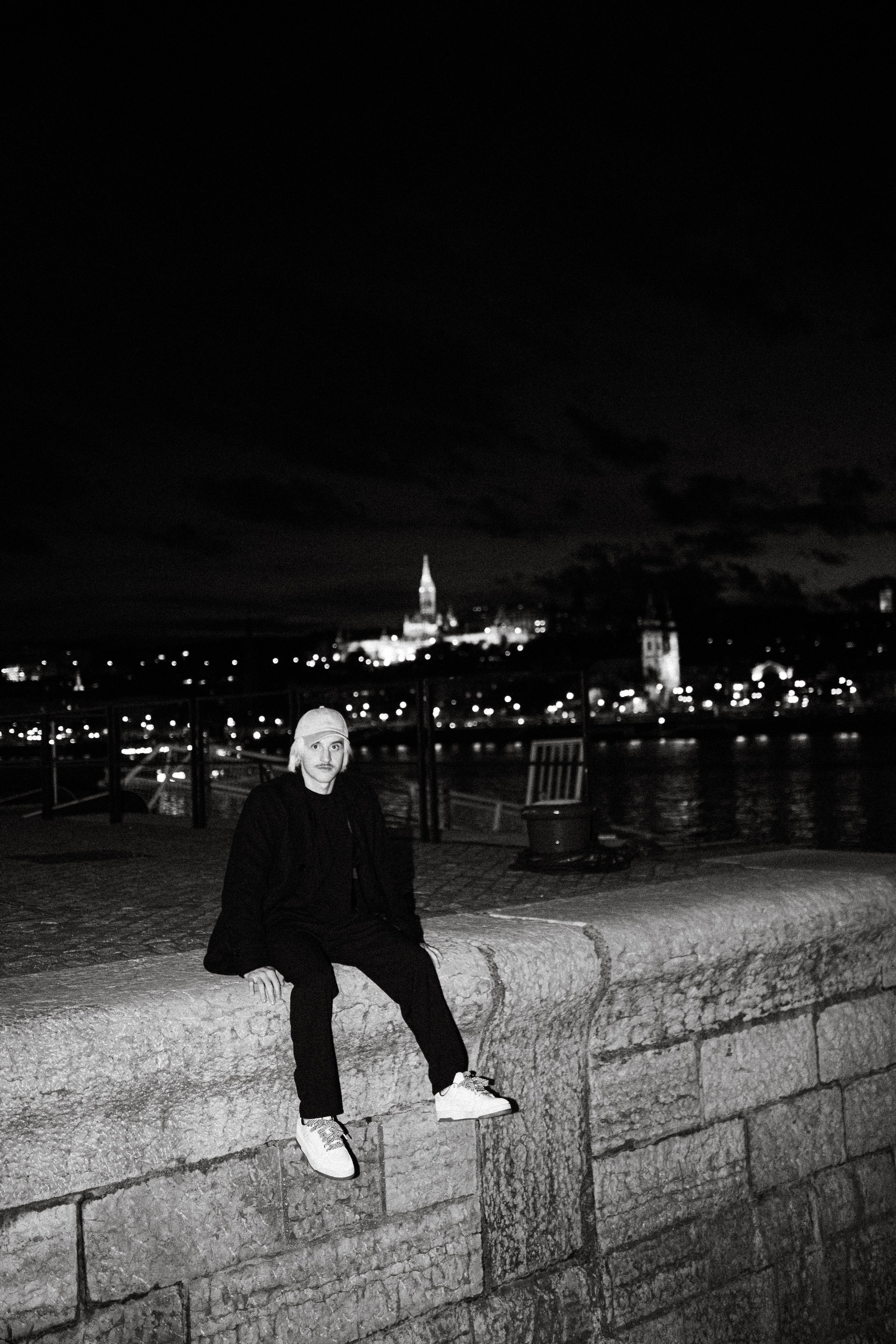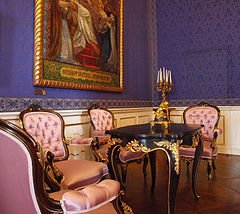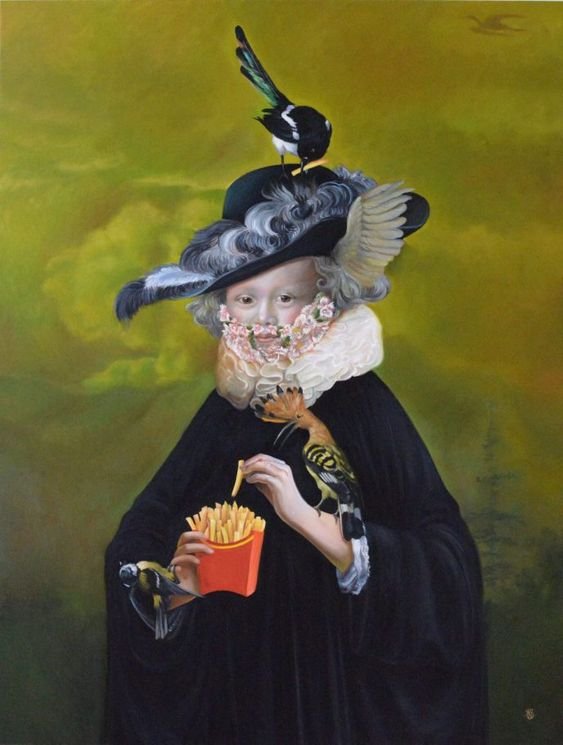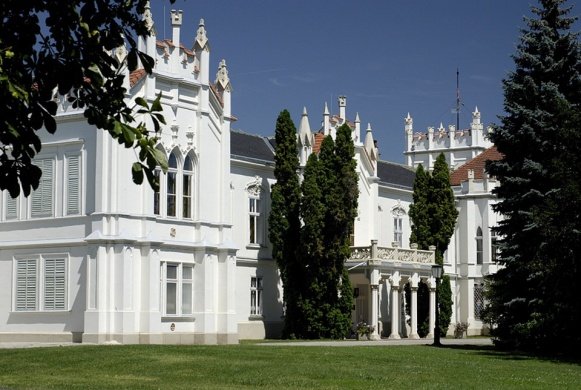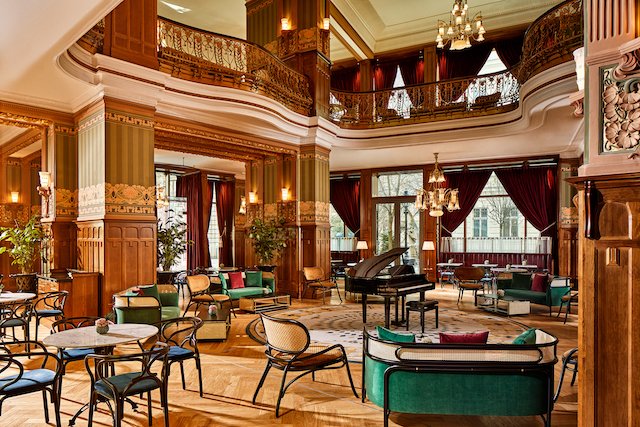Exploring Budapest’s Art Nouveau Architectural Gems
zita kisgergely
Budapest, the cosmopolitan capital of Hungary, has a wonderfully eclectic range of architecture. It’s a characteristic that has certainly helped it become the second most popular filming destination in Europe after London. We look at some examples of Art Nouveau the city has to offer and the distinctive Magyar spin on the style.
What classifies as Art Nouveau?
An ornamental art style that influenced architecture, fine art and applied art at the turn of the twentieth century, the expression “Art Nouveau” was first coined in Belgium in 1884. It became known by different names in different countries: Jugendstil in Germany, Belle Époque in France, and Szecesszió in Hungary.
Popular for only a short time, Art Nouveau was sometimes criticised at the time for being too lavishly decorative and elaborate. The guiding principle of the movement was the inspiration it took from the asymmetrical curves and lines of the natural world. It was partly born of a backlash against poor quality mass-produced goods flooding Europe, a result of growing industrialization. Viewing this trend as a threat to traditional craftsmanship, artists also wanted to remove the traditional barriers that separated fine arts from applied arts. Additionally, its sinuous lines were a response to an historically eclectic and academic classicism found in architectural style.
In this sense, Art Nouveau was a knee-jerk reaction to traditional values of reason and clarity of structure. The result? Buildings that are whimsical works of art were born. So, let’s dive in and explore some of Budapest’s most remarkable Art Nouveau landmarks.
Párisi Udvar, Budapest
Párisi Udvar
Parisi Udvar, or "Paris Courtyard," has all the “wow” factor you’d expect from the Art Nouveau era. Originally constructed in 1912, the building was only recently restored to its former glory. Initially designed as a glass-roofed shopping arcade with open pedestrian entrances (echoing the elegance of Parisian arcades), today it houses a luxurious 110-room hotel managed by Hyatt.
Every detail of this sumptuous building, with its tiled façade, glass domes, turrets and gargoyles, screams ostentatious abandon. It’s a fusion of Gothic and Moorish-inspired details; if that sounds bonkers, it is. And yet, it works. Every element comes together in the most impossibly stylish way.
Gresham Palace
For those with a taste for luxury, the Four Seasons Hotel Budapest Gresham Palace is an Art Nouveau masterpiece worth experiencing. Located at the end of the Chain Bridge, opposite Buda Castle, this iconic building was completed in 1906 for the London-based Gresham Life Assurance Company. Over the years, it has served various purposes, including as barracks for the Red Army and later as an apartment building during the Communist era.
The hotel reopened in 2004 after extensive restoration, reviving its Art Nouveau elements, such as the grand staircase, lattice ironwork and intricate floor mosaics. Stepping through the iron gates at the entrance (complete with peacock motif) is akin to walking into Willy Wonka’s factory, but for enthusiasts of eye candy (we’re talking interior and architectural design here, people). A dramatic oriental dome dominates the lobby area and there are colour combinations of mauve and moss green or blue-green at play that are swoon-worthy.
The Gresham Palace, via www.fourseasons.com
Hungarian State Treasury Building
If you’re looking for a distinctively Magyar take on the Art Nouveau movement, this is the building to have a gander at. Although not open to the public, the Hungarian State Treasury Building (originally the Postal Savings Bank) can be admired from the roof terrace of the neighbouring hotel. Failing that, you can get a decent view of the building simply walking by it on the street and craning your neck.
Designed by Ödön Lechner in 1901, this building epitomizes his vision of a national architectural style, incorporating motifs from Hungarian folk art and utilizing colourful tile patterns from the legendary Hungarian porcelain manufacturer, Zsolnay, based in Pécs. The roof’s colourful glazed tiles and the intricate beehive and snake motifs make it a unique landmark (and one not to be missed).
The Gellért Hotel and Baths, via www.budapest.org
Gellért Hotel and Thermal Baths
Gellért Hotel remains one of Budapest’s most spectacular buildings, nestled at the foot of Gellért Hill and overlooking Szabadság (Liberty) Bridge. It’s a fitting location, as the bridge is sometimes called the most highly ornamental metal truss bridge in the world.
Opened in 1918, the hotel quickly became a social hub, renowned for its sumptuous interiors and stunning views across the city and Danube River. The hotel has hosted many illustrious guests over the years, including monarchs, politicians, and artists. The hotel’s thermal baths, featuring an original outdoor wave pool, welcomes weary travellers with its colourful mosaic tiling and decorative wall motifs. Combining Art Nouveau style and bath culture makes this place a personal favourite.
Budapest’s Art Nouveau architecture blends beauty, craftsmanship, and cultural significance. Whether you’re searching for unique, turn-of-the-century film locations in Europe, or are simply an art and architecture enthusiast, exploring these gems will enrich your appreciation of Budapest’s Szecesszió style.
Flatpack Films has years of experience servicing international brands, agencies, and production companies. Filming in Hungary is easy when relying on their knowledge of the market and ability to solve complex needs. They bring the best that Hungary has to offer in terms of unique locations, exceptionally skilled crews, top-of-the-line equipment and technical solutions. Backed by an impeccable track record, Flatpack Films has worked with world-class clients including Samsung, Samsonite, Toyota, Braun, Chivas Regal and many more.
Get in touch and learn more about Budapest film locations, Hungarian film incentives, film tax credits in Hungary and how Flatpack Films can bring your project to life through a highly bespoke approach.
Sources & further reading:
https://en.wikipedia.org/wiki/Art_Nouveau
https://www.danubiushotels.com/budapest-guide/the-100-year-history-of-the-gellert-hotel-spa
https://www.e-travelmag.com/hungary/artnoubudapest/
https://en.wikipedia.org/wiki/Széchenyi_thermal_bath















